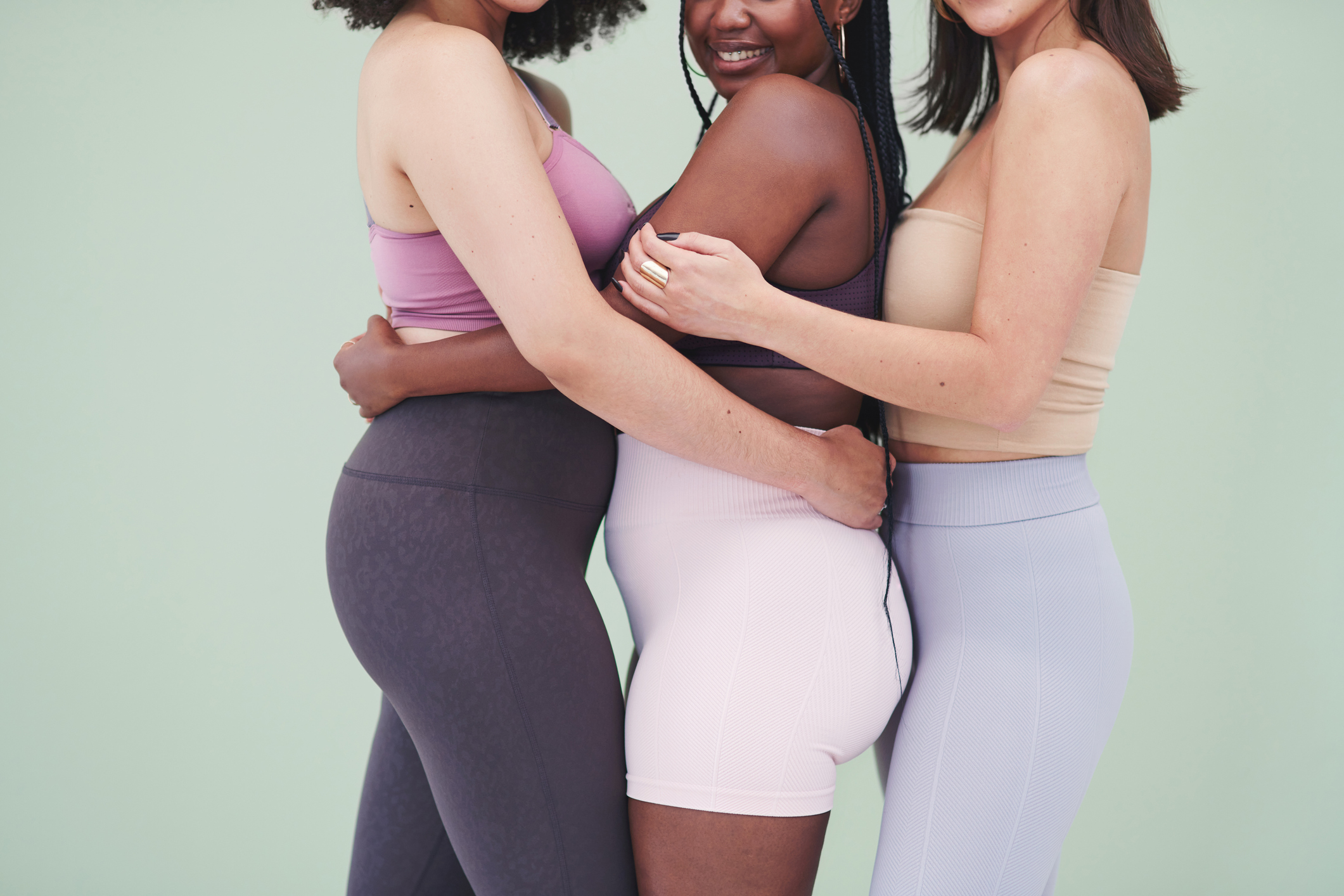Why your DE&I efforts should include size representation
Altering our day-to-day language around body inclusivity is the first step toward meaningful company-led change.

In recent years, DE&I strategies have seen increased investments, especially as younger workers seek companies whose public values mirror their own. Yet body size is seldom included within the framework of traditional DE&I messaging.
The lack of size-inclusive dialogue in DE&I campaigns exemplifies how deeply we have fallen into diet culture’s $71 billion-dollar annual trap. Size inclusivity is continually overlooked as a critical facet of progressive representation: plus-size people are rarely depicted on corporate websites and training platforms, let alone in advertisements. They are hidden and ignored. But what if, instead of hiding larger bodies, we placed them right next to straight-sized ones, without labeling it as a revolutionary social statement? What if they just existed, as they do in regular life?
Health is not displayed the same way on every body. If we all ate the same amount of food and exercised in the same way, our bodies would still look amazingly different. Therefore, a one-size-fits-all vision of health mutates the powerful message of effective DE&I. When other DE&I initiatives exist to create awareness around people’s differences, ignoring size differences is a serious impediment to holistic representation. Companies must seek to challenge thin-privileged visions of health just as they seek to challenge who should exist on a board of C-suite executives or whose voices are worth of amplification.
Reframing our thinking
Altering our day-to-day language around body inclusivity is the first step toward meaningful company-led change. Diet culture penetrates our language at work when someone is trying to “be good” by refusing a slice of retirement party cake. It infiltrates companies’ voices when “10 ways to lose that pesky quarantine weight” headlines a wellness article posted on your intranet.
Instead of, “I’ve been so good this weekend, therefore I deserve a piece of cake,” we must aim to reframe our thinking, which in turn, will reframe our language. Truthfully, this requires a diligently conscious effort. Unlearning how to hate the naturally changing humanness of our bodies takes a long time. But let’s start with the cake.
First, it’s important to remember that food carries no innate moral value. Food is not “good” or “bad” and the extent of one’s restrictive behavior around food is no measure of their worth. Food exists as fuel and as a vehicle for cultural bonding and celebrations.
Bodies are so much smarter than we give them credit for. If they are hungry, they tell us, with no ulterior motive. When food is labeled an enemy, size-inclusive DE&I suffers since bodies that require less food than others receive unjust praise.
Secondly, bodies change. Ageism and diet culture are inherently linked, and they hinder effective DE&I. We’re regularly taught that getting older is a process to reverse, just as shrinking our bodies is a lifelong goal to which we should aspire. But bodies change all the time, and it is remarkably natural. They change before and after breakfast, during stressful times of the year, after pregnancy, and as they age. Reframing the way we look at our bodies — as miraculous tools that carry us through life — can have a prolific impact on how we talk about and celebrate bodies in corporate channels. If we can learn to embrace the normalcy of changing bodies, progressive DE&I can prevail by representing them at all phases of life.
As companies continue to invest in DE&I communication, reframing how we think and talk about body size is no longer optional. DE&I programs have made impressive strides, but size inclusivity has been ignored for too long. Acknowledging the toxicity of diet culture in workplaces is the first step toward loosening the hold it’s had on our lives.
Mikayla is an Account Executive at Cheer Partners dedicated to size inclusion advocacy and DE&I communications. She lives in Brooklyn, New York.







The term straight-sized seems off to me. As we are talking about DE&I would we just say larger and smaller sizes instead of plus-sized and straight-sized?